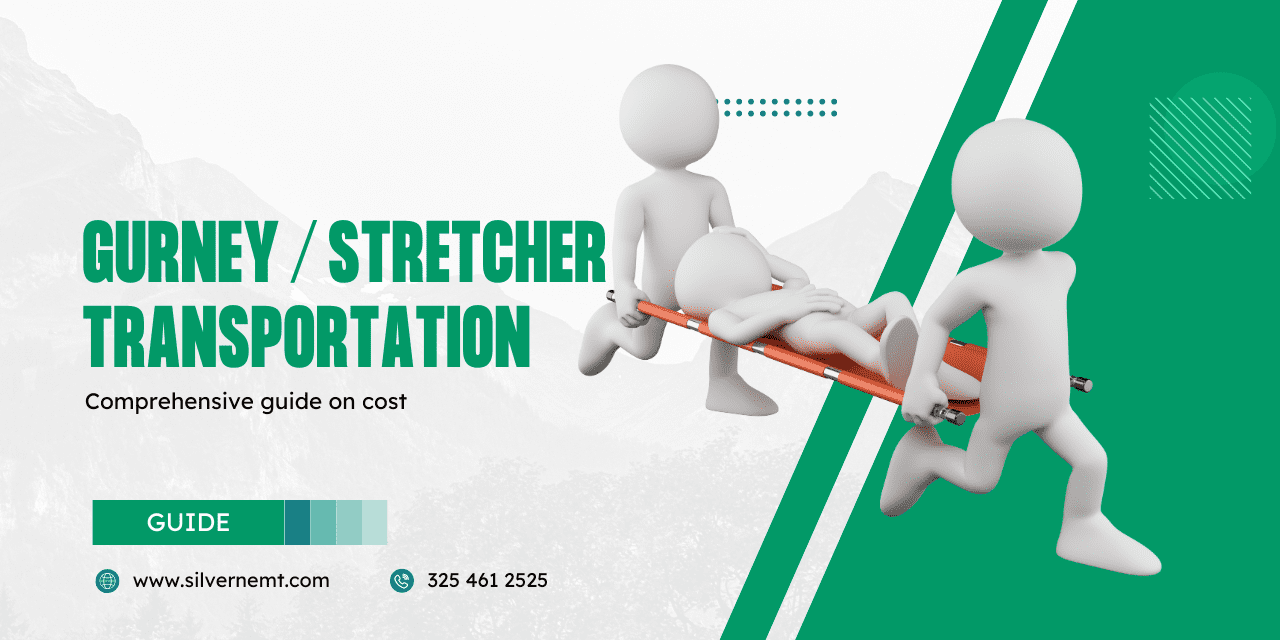In the bustling state of California, the need for reliable and efficient medical transportation services is of utmost importance. Among these services, gurney and stretcher transportation play a vital role in ensuring that patients receive timely and comfortable transit to medical facilities. This comprehensive guide aims to provide a detailed overview of gurney/stretcher transportation costs in California, shedding light on various factors that influence pricing while delivering key insights into this essential service.
Understanding Gurney/Stretcher Transportation
Gurney and stretcher transportation services cater to individuals who require non-emergency medical transport and are unable to sit upright during transit. This could include patients who are bedridden, in need of constant medical attention, or those with mobility challenges. Unlike traditional ambulances, gurney/stretcher transportation vehicles are equipped with specialized beds to accommodate patients lying down.
Factors Influencing Gurney/Stretcher Transportation Costs
Several factors contribute to the overall cost of gurney/stretcher transportation in California. These include:
1. Distance Traveled
The distance between the pick-up location and the destination greatly impacts the cost of transportation. Longer distances may incur higher charges due to fuel consumption and time considerations.
2. Type of Medical Condition
The nature and severity of the patient’s medical condition play a role in determining the cost. Patients requiring specialized medical attention or monitoring may incur additional charges.
3. Urgency of Transport
While gurney/stretcher transportation is non-emergency, the urgency of the required transport might influence the pricing. Express or immediate services could come at a premium.
4. Additional Medical Personnel
In some cases, patients may need accompanying medical personnel during transport. The presence of a nurse or paramedic can impact the overall cost.
5. Time of Day
Transportation services during peak hours or late at night might be subject to higher costs due to factors like traffic and availability.
6. Specialized Equipment
Certain medical conditions require specialized equipment during transportation. The inclusion of such equipment may lead to an increase in the overall cost.
Cost Breakdown
Gurney/stretcher transportation costs typically consist of:
Base Fare
The base fare covers the initial distance and basic services. It serves as the starting point for cost calculation.
Mileage Fee
For longer distances, a mileage fee is added based on the number of miles traveled. This fee accounts for fuel and vehicle maintenance costs.
Additional Services
Additional services, such as specialized medical equipment, oxygen supply, or the presence of medical personnel, are added to the base fare.
Finding Affordable Gurney/Stretcher Transportation
- Compare Quotes: Reach out to multiple gurney/stretcher transportation providers in your area to compare quotes. Each company may have its own pricing structure.
- Check Insurance Coverage: Inquire whether your medical insurance covers gurney/stretcher transportation. This could significantly reduce your out-of-pocket expenses.
- Ask About Discounts: Some providers offer discounts for regular clients or for booking multiple trips in advance. Don’t hesitate to ask about such offers.
- Coordinate with Medical Staff: Work closely with your healthcare provider to determine the most cost-effective and suitable transportation options for your needs.
In conclusion, navigating the realm of gurney/stretcher transportation costs in California requires a comprehensive understanding of the various factors at play. By considering elements such as distance, medical condition, and additional services, individuals can make informed decisions when seeking these essential services. Remember to explore cost-effective options, compare quotes, and leverage insurance coverage to ensure a smooth and affordable experience.




